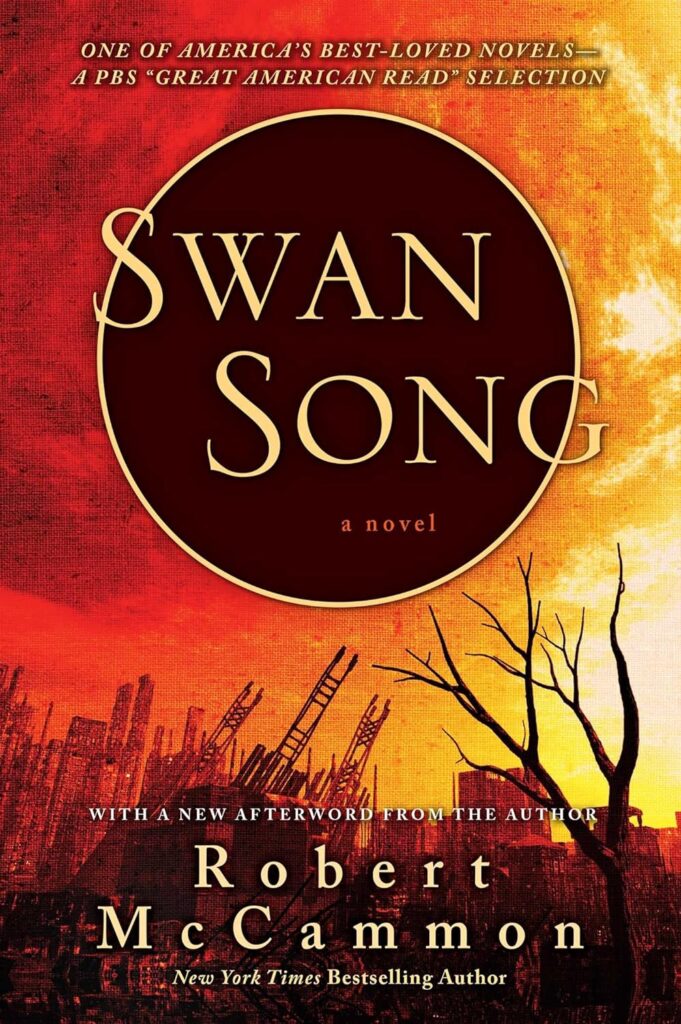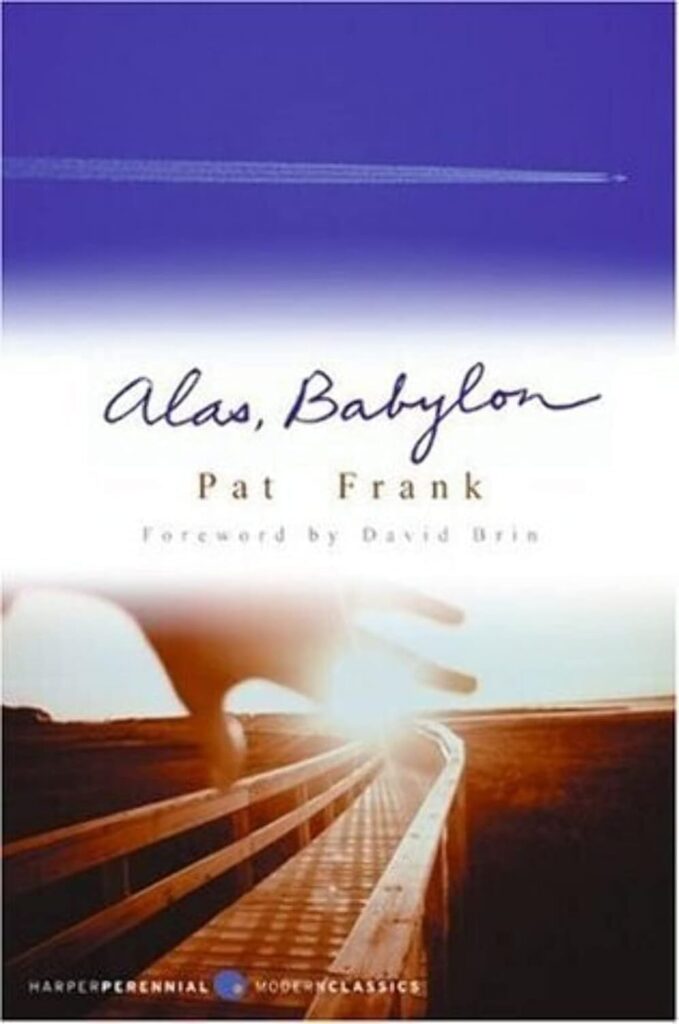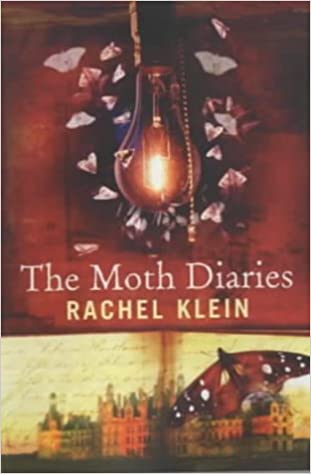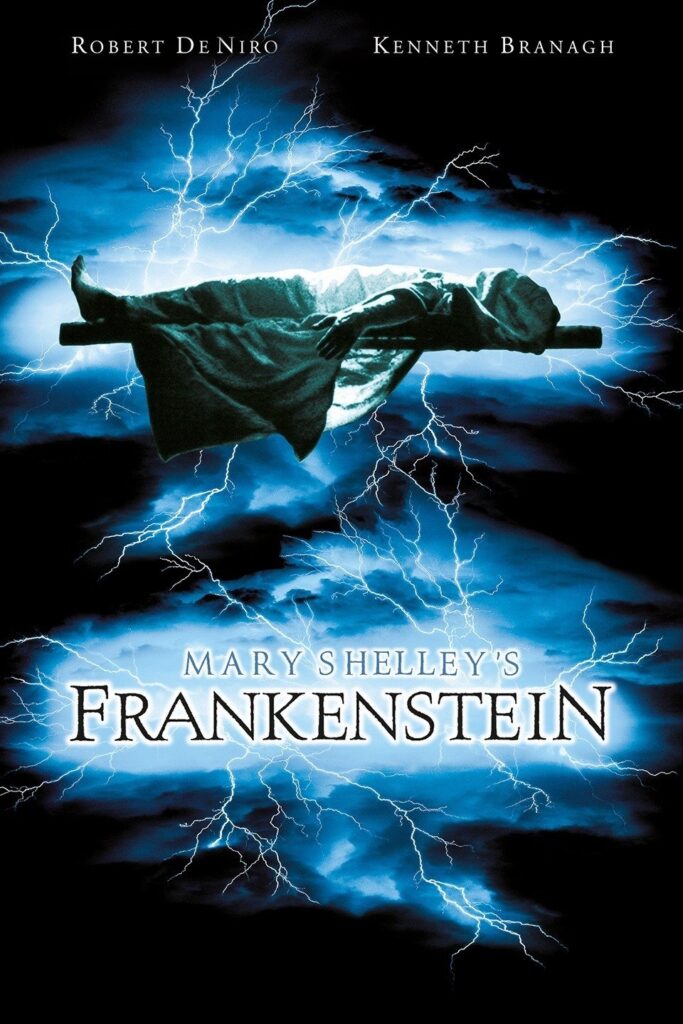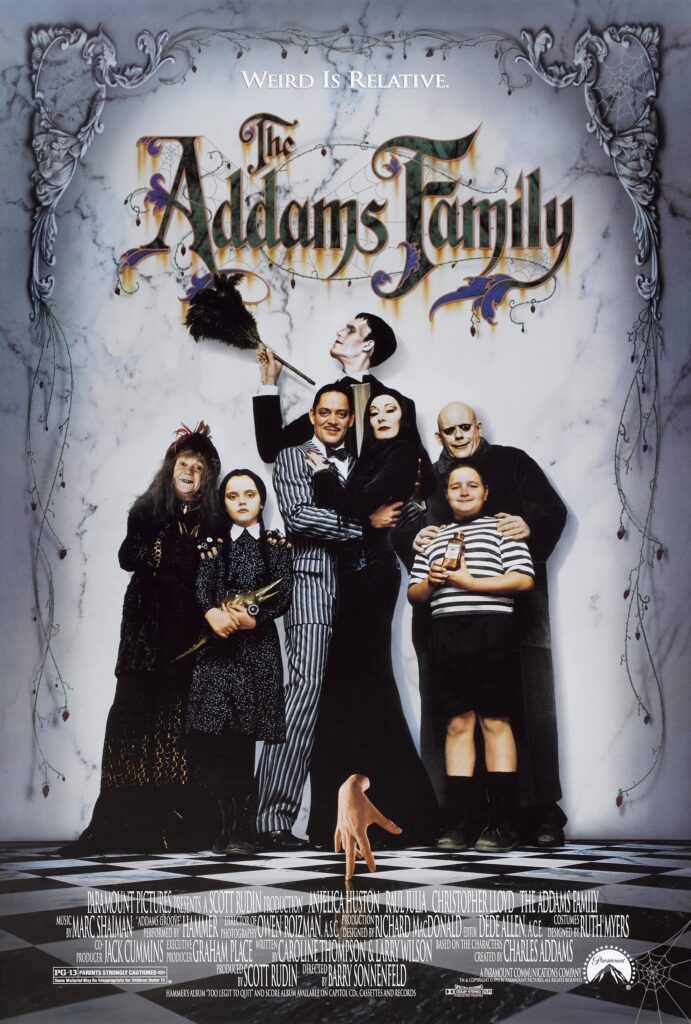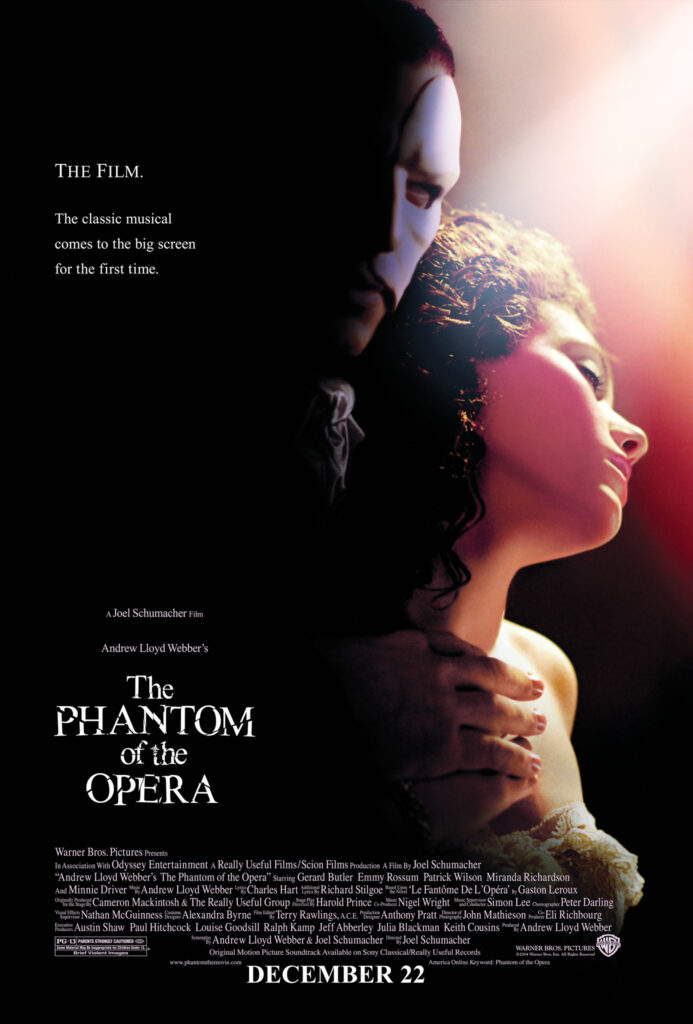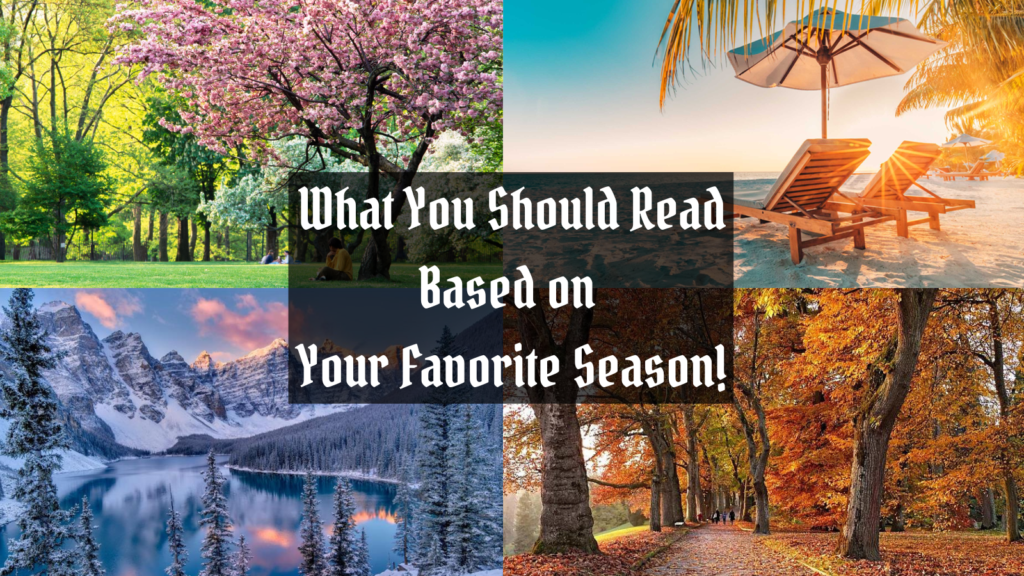Part I: How It’s Done & Why

Murder finds a place in most literary genres. After all, it’s a great means of demonstrating the lengths that people will go to to have what they want and to stop anyone who stands in their way. In Gothic literature, murder plays an especially prominent role. That’s for a good reason, not because Gothic writers have dark predilections (though that may be true as well….mwahahaha… we’ll never tell). In this post, we examine murder in Gothic writing — how it tends to be committed and why these methods work so well.
I’ve included attempted murder in this list because success or a lack thereof doesn’t detract from how apt a given method may be for the genre. Also, note that many of these may be plot spoilers as it’s almost impossible to discuss the subject without giving something away.
If you’re not a regular around here and/or are less familiar with the genre, it will help to read this short article explaining the use of irrational themes in Gothic writing: What is Gothic Literature. All that we’ll discuss below follows from an understanding of the purpose of the genre.
Vampires
Let’s just get the cloaked villain in the room out of the way. The most prevalent source of murder in Gothic literature is undoubtedly vampirism. That fatal kiss that seals one’s fate as either dinner or newly-undead-diner shows up more often than any other source of death. We see it in Dracula, Salem’s Lot, The Passage trilogy, Anne Rice’s Vampire Chronicles, Let the Right One In, Fevre Dream, The Moth Diaries, Black Ambrosia, etc.
Gothic writers use vampirism so often because it works oh so perfectly. It’s steeped in symbolism. To drink another’s blood is always, always, always a reference to something else. It could be a desperate desire to assimilate another’s identity; to control someone so that that person is never able to leave the relationship; to battle against one’s own darkness; to give into temptation; to mix one’s culture with another’s; etc. You name it, a writer has probably done it.
These types of desires become tangible in the act of the vampire, making it a perfect fit with the genre’s use of visible tropes to elucidate unseen themes.
Poisoning
Poisoning is unfortunately much less common. It shows up in We Have Always Lived in the Castle and Count Fosco’s obsession in The Woman in White. It also featured very dominantly in the Robin Hobb’s dark fantasy Farseer trilogy and in the dark fantasy Nevernight trilogy, but neither of those are Gothic examples. In the past I’ve written about the dearth of this type of murder in Gothic writing: Where’s the Poison in Gothic Literature.
It surprises me that poison doesn’t feature more strongly in the genre. It’s a perfect fit. If there’s one thing that poison is, it’s underhanded. Secretive. Sly. It’s the tool of those who like to remain detached from their crime, who want to remain in the shadows, who pride themselves in leaving no trace of their fingerprints.
That fits so snugly with the genre’s exploration of irrational themes. For example, in Shirley Jackson’s novella, We Have Always Lived in the Castle, Merricat battles the poisonous influence of the collective on the individual. Thus, her choice of poison is an apt one—she fights poison with poison.
Drowning…plus some
Drowning is by far the most complicated of all of these. I say that because the cause of death is rarely drowning despite the fact that drowning plays a significant role. It shows up in an attempted murder in The Gates of Evangeline. However, in other cases such as in Rebecca, Malcolm first shoots Rebecca and then drowns her body. In Daughters of the Lake, the murderer stabs Addie and afterwards leaves her body in the lake.
[Note that I’m using the word drowning/ drowned to include being lost at sea/ underwater regardless of whether or not it was the cause of death.]
Even if it isn’t the principle cause of death, the drowning is important. For instance, in Rebecca, leavning her body at the bottom of the sea wasn’t strictly a matter of hiding the crime. Rather, it parallels the sea of false ideas that the second Mrs. de Winter holds about her husband’s first marriage.
The truth about Rebecca is a deep and dark journey below the surface of what appears to be the case to what really is. Thus this means of murder highlights and manifests the theme that a person who compares herself to someone else and lives under that shadow is living on the surface of an unfathomable sea of knowledge to which she may only have the most superficial access.
Stabbing or shooting alone wouldn’t necessarily carry the same weight as drowning does although next we’ll look at a couple of examples of the former.
Shootings/ Stabbings
In Child of God by Cormac McCarthy, Lester Ballard tends to murder by shooting people with a rifle. From a distance. I emphasize that because that’s the point. In the novel, McCarthy presents readers with a man who’s treated as an outcast and excluded from society. And it’s true that Ballard becomes a vile, monstrous man, but McCarthy’s point is that Ballard is what all of us have the potential to be under the right (meaning: wrong) circumstances. McCarthy tells us that Lester is “a child of God much like yourself perhaps.” The greatest crime is that the rest of the people see themselves as something better, something at a great distance from someone like Lester. That is why shooting works in this case [and often wouldn’t].
There’s a stabbing in My Soul to Keep, which reads as striking since it’s [sort of] a vampire novel. However, rather than killing in a typical, vampiric manner, the vampire stabs the character in the back. I’m sure Tananarive Due did this on purpose. It’s jarring to readers as it conflicts with her presentation of this undead man as a loving, doting husband and father. It foreshadows a significant truth about him that the main character (his wife) doesn’t see yet. And, again, it mirrors the theme about the ones to whom we entrust our souls when we don’t know who they truly are. [There’s a strong spiritual component to this book.]
Other
There are many other cases of murder in Gothic writing. There’s the supernatural carriage accident in The Woman in Black, Bertha’s attempt to murder Mr. Rochester by burning down the house in Jane Eyre, and unknown means of murder such as those in The Turn of the Screw and The Strange Case of Dr. Jekyll and Mr. Hyde. We don’t have the time to look at every one of them.
However, the key takeaway is that each of these works because it parallels the Gothic theme’s work to bring an irrational concept to light. I can picture other types of murder such as suffocation or immolation working just as well given the right theme.
We’ll take a look at those next time!
If you enjoyed this post, share it with your friends!


